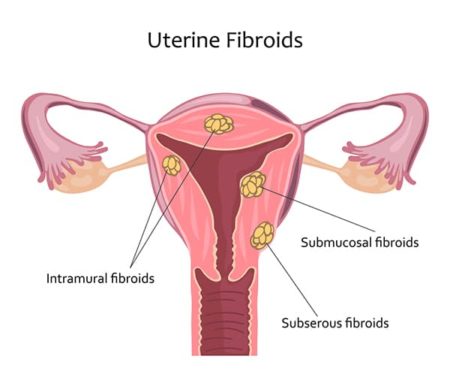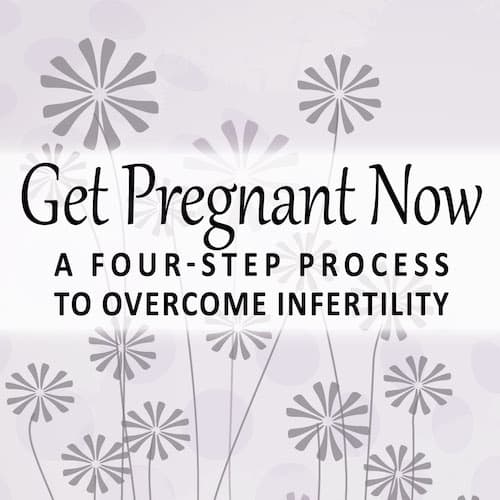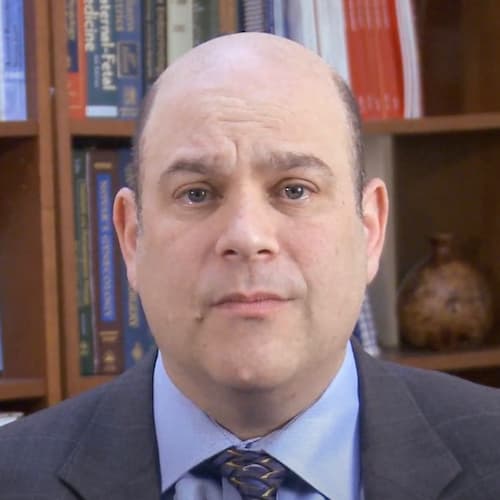Fibroids & Fertility
 “You have fibroids – you need a hysterectomy!”
“You have fibroids – you need a hysterectomy!”
Don’t believe it!
60% of all hysterectomies are done because of fibroids…but how many of these are medically justified?
If you have fibroids and want to conceive, do not despair. The first treatment for fibroid tumors is not a hysterectomy…
If you have fibroids, you can still have a baby. You will just have to make a plan with a doctor that has the medical and surgical skills to evaluate and treat fibroids with success.
What are fibroids?
These are common and often harmless growths inside the uterus or embedded in the uterine wall. Some fibroids are completely harmless, and a woman who has them may not even realize they are growing. But other ones can change the shape of the uterus, impede implantation, and cause multiple miscarriages.
In order to deal with fibroids as a cause of infertility, you need to know how to evaluate the different kinds of fibroids, know the different kinds of treatments, and evaluate your individual situation. There are three different kinds of fibroids: intramural fibroids, embedded in the muscle wall. Subserosal fibroids, that grow on the outside of the uterus. And submucosal fibroids that grow into the muscle wall and out into the uterine cavity.
Of these kinds, only fibroids that change the shape of the uterus or grow within the cavity itself affect fertility. You don’t need to remove the kinds of fibroids that don’t affect fertility, and a skilled surgeon can remove a harmful fibroid and increase fertility by up to 70%.
Women of color experience fibroids at a higher rate than their white counterparts. Black women experience fibroids at twice the rate of white women – if you are a woman of color and suffer from pain or excessive bleeding, make sure you keep fibroids on your radar screen.
Often there are no symptoms at all associated with fibroids. They can cause heavy bleeding with periods, and they can also cause cramping. But quite often fibroids are silent, and can take a heavy toll on your fertility. Remember – fertility is an incredibly complex, multi-layered medical problem. You might have fibroids, and yet it is another fertility factor that stops you from conceiving. Or you may have fibroids plus another factor thrown in the mix. Finding one cause of infertility doesn’t mean you have found all the causes.
So as you move forward with an evaluation of fibroids as a possible cause of infertility, don’t neglect the others. Fibroids are easy to visualize, and sometimes it is tempting to stop with an obvious-looking cause instead of really casting a wide net and looking for all the possible culprits for why you can’t conceive.
How do I find fibroids?
There are tests available to me that reveal fibroids, including hysteroscopy, where I look into the uterus through a tiny tube inserted through the cervix. I might even see them on ultrasound if they have changed the shape of the uterus.
How can you tell if a fibroid is in fact causing or contributing to your infertility?
 A lot of this depends on the kind of fibroid – ones that grow outside the uterus are much less likely to cause a problem, whereas one on the inner wall, growing into the uterus itself, may well impact your fertility. The kind of fibroid matters more than the size – I have seen patients with enormous fibroids conceive and carry a child to term without a problem, whereas smaller fibroids have made it very difficult for other patients of mine to conceive.
A lot of this depends on the kind of fibroid – ones that grow outside the uterus are much less likely to cause a problem, whereas one on the inner wall, growing into the uterus itself, may well impact your fertility. The kind of fibroid matters more than the size – I have seen patients with enormous fibroids conceive and carry a child to term without a problem, whereas smaller fibroids have made it very difficult for other patients of mine to conceive.
Depending on where the embryo implants in the uterus, multiple miscarriages can be a problem. And rarely a fibroid will make a caesarean section more likely. But quite often you will be able to conceive a carry a baby without a problem, despite having fibroids in the uterus.
If you do have fibroids and your doctor determines that they are interfering with your fertility, make sure you find a skilled surgeon that can remove them while leaving your uterus intact. A qualified and experienced surgeon will have more options to give you than one that isn’t specialized in preserving the fertility of women with fibroids.
To choose your best option, I have to consider the number of fibroids, their location, and how well I can reach them with the different surgical tools I have. The least invasive option I have is hysteroscopy, doing surgery through the tiny tube I mentioned above (the hysteroscope) using microscopic instruments. More invasive but still a specialized microsurgery is laparoscopy, where I use lasers inside the uterus through small incisions that I make.
Finally, the most extensive and invasive type of surgery we use for fibroids is myomectomy. We save this option for cases where there are a lot of fibroids, that are very large, that we just can’t remove through a microsurgical procedure.
We are also working on drug-based treatments that would shrink the fibroids over time, and are making progress on this front. But we are not there yet – the quickest and most effective way to address a fibroid that is blocking your fertility is surgery.
Remember, having fibroids does not automatically equal a hysterectomy! Make sure you get a second opinion from a reproductive surgeon if you have fibroids and want to conceive – well-meaning general OB/GYNs have sometimes, in my experience, recommended hysterectomy without fully exploring the specialized options an experience laparoscopic surgeon can bring to the table.



